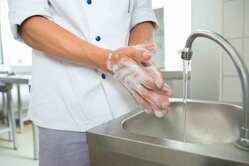 Poor hygiene is among the biggest contributors to the spread of foodborne illness – and it can make seasonal illnesses easier to spread too. Make sure your staff receive reminders about proper handwashing technique, as well as which sinks are to be used for handwashing. Beyond that, reinforce your policy around the use of protective items like gloves and hairnets, as well as jewelry – rings, bracelets and watches can all harbor bacteria and be potential sources of cross-contamination. Staff should keep their own drinks covered with a lid and confined to break rooms. 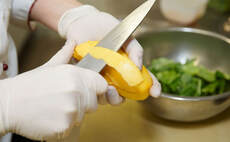 Bare-hand contact with ready-to-eat foods triggers about 30 percent of foodborne illnesses in restaurants each year, according to the CDC. In addition to following recommendations for frequent handwashing, using tongs, deli tissue or single-use gloves can provide a useful backstop protecting your restaurant’s food safety record. Just make sure staff follow proper procedures for using, cleaning, and where appropriate, discarding, these items so you can prevent cross-contamination and avoid having staff use these protections in place of regular handwashing. 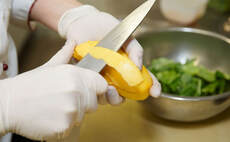 As effective as single-use gloves may be in protecting safety in your restaurant, they can also lull staff and guests into a false sense of security. If these gloves are part of the personal protective equipment your staff wears when serving food, ensure your team follows several procedures to ensure they are keeping food safe: Before donning gloves, wash hands thoroughly. Change gloves before touching ready-to-eat foods, before starting a new task, after handling raw meat and after four hours of continuous use. Gloves that are torn or become dirty outside of those times should be changed as well. 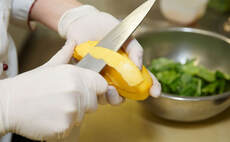 Personal protective equipment has become a common sight in restaurants in the Covid era – and it serves an important purpose. However, the gloves and tongs your team use to distance themselves from foods may serve to make contamination less front-of-mind in the midst of a hectic shift. After all, if you have a glove between your hand and the raw chicken you’re preparing, you may be more likely to mindlessly touch a surface that can then be contaminated. Make sure your kitchen staff change gloves between tasks, wash hands frequently with soapy running water, and sanitize food preparation surfaces routinely to minimize the risk of spreading contaminants around your kitchen without knowing it. The past year has sharpened our focus on the spread of viruses. As we come through the pandemic, take care to maintain simple practices that go far in preventing the spread of bacteria. According to the CDC, bare-hand contact with ready-to-eat foods causes about 30 percent of restaurant foodborne illness outbreaks each year. Beyond all-important frequent handwashing, StatefoodSafety.com advises using gloves, deli tissue or tongs to provide a barrier between hands and ready-to-eat foods, and carrying plates, glasses and utensils in a way that avoids the touching of eating or drinking surfaces.
If gloves have become a part of your pandemic food safety protocol, make sure your staff know how best to use them and where they can fall short, since they can introduce new risks if the wearer isn’t mindful of them. Above all, gloves can give the wearer a false sense of security, so enforce the need to avoid cross-contaminating foods and preparation areas while wearing gloves, and to wash hands with soap and water, then dry them, before and after wearing gloves. Also ensure the gloves are a proper fit, since rips or punctures could lead to contamination. Employees should change (and discard) disposable gloves between tasks, after touching hair, mouth or nose, or after four hours of use. Sturdy, reusable gloves should be washed and sanitized between tasks.
|
subscribe to our newsletterArchives
April 2024
Categories
All
|
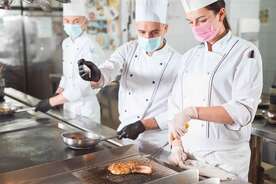
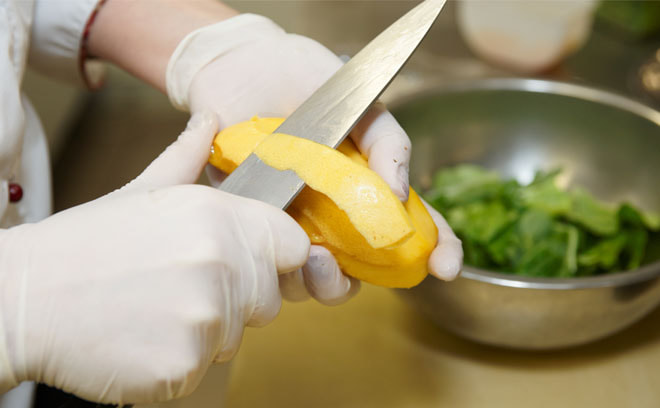


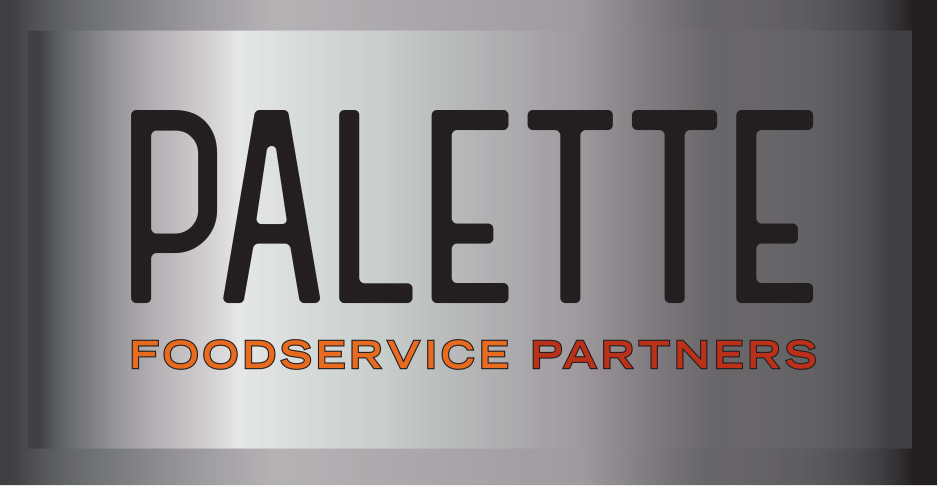
 RSS Feed
RSS Feed